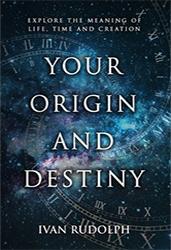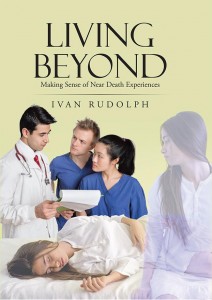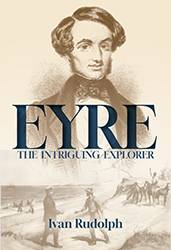Aborigines After Eyre
What became of the River Aborigines whose cause Eyre had promoted so faithfully?
In 1844 Sturt and Eyre found the considerable number of 230 Aborigines in 12 family groups living along just 3 miles of the Rufus River. But Scott at Moorundi noted in 1852 that for the first time there were more deaths in the region primarily through disease than births. And by 1890 there were only a handful of the Manaura people left in the district.
John Wrathall Bull’s question regarding the diminution of the Aboriginal population in South Australia is still as plaintive today as when he penned it in 1878: “We had been received as friends, and now where are the original lords of the soil?” When he wrote that, the colonists had been in Australia less than a hundred years. It is estimated the first Aboriginal Australians arrived between 40000 to 70000 years before that.
Hard figures regarding the population changes of indigenous people are not possible to come by. Estimates of the total number of Aborigines in Australia at the time of colonisation vary from 300000 to 750000, with 350000 being a reasonable figure. Numbers then dropped during the 1800s but built up again with improved health facilities in the 1900s and topped 500000 in the early 2000s.
Modern thinking is not in complete agreement in attempting to answer why indigenous numbers dropped so dramatically during the 1800s, but diseases introduced by Europeans are generally considered to be the primary cause. Peter Dowling wrote in 2003: “Biological contact in the form of introduced infectious diseases took a huge toll on the Aboriginal populations, disrupted their long-standing cultural and social structures and often occurred way ahead of the expanding European frontiers.” Sweeps of smallpox that ravaged the Aborigines along the Murray in the early eighteen hundreds, for example, are thought to have spread from contact between sealers and coastal Aborigines. Later, Eyre stated about venereal diseases: “of all the ailments they suffer since the arrival of the Europeans, by far the most common and dangerous is venereal disease,” and he pondered whether some form of VD was present amongst Aborigines even before white settlement. Surprisingly, it does seem likely that a form of syphilis was endemic in pre-contact days and many Aborigines had acquired some immunity against it, but there was no immunity against gonorrhoea, which consequently devastated tribal groups and killed thousands.
In Eyre’s day the Aborigines perceived prostitution to be easy money. An Aboriginal girl went to her husband when around 12 years of age and would thereafter be his property to lend around sexually as he chose. Often, while he was away hunting, she would take other partners. In Eyre’s words, “Marriage is not looked upon as any pledge of chastity, indeed no such virtue is recognised.” And as one Murray Aborigine remarked to Eyre, he could make money for much food and supplies and not have to work himself by selling his wife at the Location in Adelaide. Whites from all levels of society visited there at night, and the sexual diseases went round and round.
Speaking with a doctor who has worked in several different modern Aboriginal communities, it appears that sexual contact on average begins at a younger age amongst Aborigines than the wider community, often in young teenage when immaturity and lack of knowledge leads to inadequate protection against VD. Consequently the level of VD within the community as a whole increases in time. Today the threat of AIDS to the indigenous communities is acute, but happily unprotected sexual interaction between the wider community and Aborigines has diminished markedly and AIDS has not entered there as yet to any degree. While no longer a definite death sentence, AIDS remains extremely unpleasant and is also expensive to treat.
To be fair to them, the missionaries taught clearly that no one had ever been harmed by following the Christian ideals of love that included chastity before marriage and faithfulness within marriage. This principle they insisted worked for all races; however, even today Aboriginal Christians are in the minority amongst the indigenous people.



